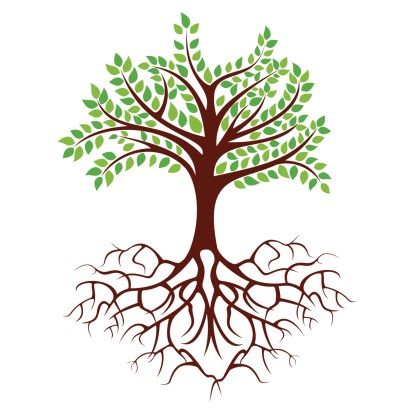Advisor
Gregory D. Benjamin
Degree Name
Master of Public Health/ Doctorate of Physical Therapy
Description
COinS
Apr 17th, 12:00 AM
Comparisons of Maryland County green space to responses about depression and physical activity on the 2016 Youth Risk Behavior Survey


Comments
Abstract
Background: Emerging research demonstrates correlations between environmental green space and well being. Several studies have shown that increased exposure to green space has positive impacts on depressive symptoms. However, a gap exists about the effect of environmental green space on adolescent depression levels.
Objective: To determine if there is a correlation between the percentage of green space per county and responses to the 2016 Maryland Youth Risk Behavior Survey (YRBS) about depression and physical activity.
Design/Methods: This was a cross-sectional, ecological, secondary data analysis that compared county level student responses on the 2016 Maryland Youth Risk Behavior Survey to Maryland county land use data. The percentage of green space in each county was compared to the percentage of students by county who reported feeling sad or hopeless nearly every day for more than 2 weeks in the last year and the percentage of students by county who reported being physically active for at least 5 days prior week. Spearman correlations were calculated among the county-level reported variables using IBM-SPSS V.25.
Results: There was a moderate positive, but non-significant association (r(21) = .348, p > .05) between the percentage of green space per county and the percentage of students by county reporting they were sad or hopeless. There was a non-significant association between county green space and county-reported physical activity levels among Maryland students (r(21) = -.161, p > .05). There was a significant, moderate, negative association between the percentage of students who physically active at least 5 days by county and percentage of students who reported they were sad or hopeless (r(21) = -.438, p = .04).
Conclusion: Though this ecological study does not support previous research that increased levels of environmental green space correlate with decreased levels of depression, it does support the correlation between increased physical activity and lower percentages of depression. Future efforts targeting adolescent depression may be better aimed at addressing activity deficits rather than implementing greening initiatives.